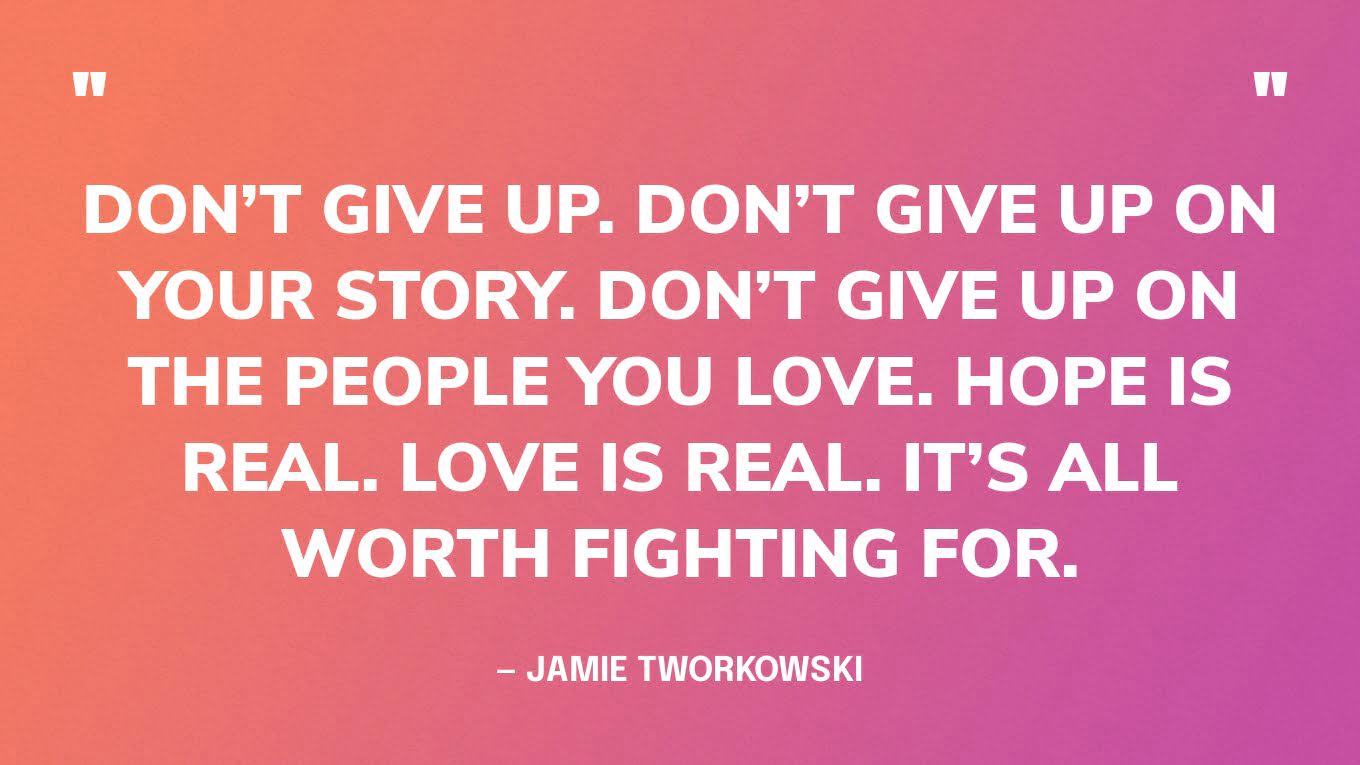
Coping with Suicide: Understanding Grief, Finding Support, and Moving Forward
The aftermath of a suicide is a uniquely devastating experience. Unlike other forms of loss, suicide often leaves behind a complex web of emotions, including grief, guilt, anger, confusion, and shame. Understanding these feelings and finding healthy ways of coping with suicide is crucial for healing and moving forward. This article aims to provide a comprehensive guide to navigating the challenging journey of bereavement after a suicide, offering insights into the grieving process, practical strategies for finding support, and paths toward rebuilding a life filled with meaning and purpose.
Understanding the Unique Grief of Suicide Loss
Grief is a natural response to loss, but the grief experienced after a suicide can be particularly intense and complicated. Several factors contribute to this complexity:
- Stigma: Suicide carries a significant social stigma, which can make it difficult for survivors to talk openly about their loss or seek support. The fear of judgment or misunderstanding can lead to isolation and hinder the healing process.
- Guilt and Self-Blame: Survivors often grapple with feelings of guilt, wondering if they could have done something to prevent the suicide. They may replay events in their minds, searching for missed warning signs or opportunities to intervene.
- Anger: Anger is a common emotion after a suicide. Survivors may feel angry at the person who died, at themselves, at the mental health system, or at the world in general. This anger can be directed inward, leading to self-destructive behaviors.
- Confusion and Questions: Suicide often leaves behind unanswered questions. Survivors may struggle to understand why the person died and may never find complete answers. This uncertainty can prolong the grieving process.
- Trauma: The sudden and violent nature of suicide can be traumatizing for those left behind. Survivors may experience symptoms of post-traumatic stress disorder (PTSD), such as flashbacks, nightmares, and anxiety.
It’s important to acknowledge and validate these complex emotions. There is no right or wrong way to grieve, and everyone’s experience is unique. Allow yourself to feel your feelings without judgment and seek support from trusted sources.
Navigating the Grieving Process
The grieving process is not linear; it ebbs and flows, and there will be good days and bad days. Here are some strategies for navigating the grieving process after a suicide:
- Allow Yourself to Grieve: Don’t try to suppress or ignore your feelings. Allow yourself to cry, be angry, be sad, and experience the full range of emotions.
- Take Care of Yourself: Grief can be physically and emotionally exhausting. Prioritize self-care by eating healthy, exercising regularly, getting enough sleep, and avoiding alcohol and drugs.
- Establish a Routine: Maintaining a daily routine can provide a sense of normalcy and stability during a time of chaos.
- Avoid Making Major Decisions: Avoid making major life decisions, such as moving or changing jobs, immediately after a suicide. Give yourself time to grieve and process your emotions before making significant changes.
- Limit Exposure to Triggers: Be mindful of potential triggers, such as social media posts, news articles, or anniversaries, that may evoke painful memories.
- Find Healthy Ways to Express Your Emotions: Engage in activities that help you express your emotions, such as journaling, painting, or listening to music.
Finding Support After a Suicide
Support is essential for coping with suicide loss. Don’t hesitate to reach out to others for help and understanding:
Support Groups
Support groups provide a safe and supportive environment where survivors can connect with others who have experienced similar losses. Sharing your experiences and hearing from others can help you feel less alone and more understood. Many organizations offer support groups specifically for suicide loss survivors. [See also: Resources for Suicide Loss Survivors]
Therapy and Counseling
Therapy can provide a safe and confidential space to process your grief and develop healthy coping mechanisms. A therapist can help you explore your emotions, identify patterns of thought and behavior, and develop strategies for managing your grief. Cognitive Behavioral Therapy (CBT) and Eye Movement Desensitization and Reprocessing (EMDR) are two types of therapy that have been shown to be effective in treating grief and trauma.
Friends and Family
Lean on your friends and family for support. Talk to them about your feelings and let them know how they can help you. Be specific about your needs, whether it’s a listening ear, a shoulder to cry on, or help with practical tasks.
Online Communities
Online communities can provide a sense of connection and support, especially for those who may not have access to local support groups. Many online forums and social media groups are dedicated to suicide loss survivors. However, it’s important to be mindful of the potential for misinformation and negativity in online spaces. Choose reputable and moderated communities.
Helping Children and Adolescents Cope with Suicide
Children and adolescents may have difficulty understanding and coping with suicide. It’s important to be honest and age-appropriate when talking to them about the death. Avoid using euphemisms or vague language. Let them know that it’s okay to feel sad, angry, or confused. Encourage them to express their feelings through talking, drawing, or playing. Seek professional help if a child or adolescent is struggling to cope with the loss.
Addressing the Stigma of Suicide
The stigma surrounding suicide can prevent people from seeking help and can make it difficult for survivors to grieve openly. It’s important to challenge the stigma by talking about suicide openly and honestly. Educate yourself and others about mental health and suicide prevention. Support organizations that are working to reduce stigma and promote mental health awareness. By breaking down the stigma, we can create a more supportive and compassionate society for those affected by suicide. [See also: Mental Health Awareness and Suicide Prevention]
Moving Forward: Rebuilding a Life of Meaning
While the pain of losing someone to suicide may never completely disappear, it is possible to rebuild a life filled with meaning and purpose. This process takes time and effort, but it is possible to find joy and fulfillment again.
- Focus on Self-Care: Continue to prioritize self-care by eating healthy, exercising regularly, and getting enough sleep.
- Engage in Meaningful Activities: Find activities that bring you joy and purpose. This could be anything from volunteering to pursuing a hobby to spending time with loved ones.
- Set Realistic Goals: Don’t try to do too much too soon. Set small, achievable goals and celebrate your successes along the way.
- Practice Gratitude: Focus on the positive aspects of your life and express gratitude for the things you have.
- Remember the Person Who Died: Find ways to honor the memory of the person who died. This could be through creating a memorial, sharing stories about them, or supporting a cause that was important to them.
- Seek Professional Help: Don’t hesitate to seek professional help if you are struggling to cope. A therapist can provide support and guidance as you navigate the healing process.
The Importance of Early Intervention and Prevention
Coping with suicide also includes advocating for suicide prevention and early intervention. Recognizing the warning signs of suicide and knowing how to respond can save lives. If you or someone you know is struggling with suicidal thoughts, please reach out for help. The National Suicide Prevention Lifeline is available 24/7 at 988. You are not alone.
Practical Tips for Daily Living While Coping
Even with a solid support system, daily life after a suicide loss can be incredibly challenging. Here are some practical tips to help navigate the day-to-day realities:
- Be Patient with Yourself: Healing takes time. Don’t expect to feel better overnight. Allow yourself to have good days and bad days.
- Simplify Your Life: Reduce stress by simplifying your life. Delegate tasks, say no to commitments, and focus on what’s most important.
- Connect with Nature: Spending time in nature can be therapeutic. Take a walk in the park, sit by the ocean, or simply spend time in your garden.
- Practice Mindfulness: Mindfulness can help you stay present in the moment and reduce anxiety. Try practicing meditation or deep breathing exercises.
- Keep a Journal: Writing down your thoughts and feelings can be a helpful way to process your grief.
- Limit Social Media: Social media can be triggering. Limit your exposure to social media and be mindful of the content you consume.
The Role of Community in Suicide Prevention
Suicide prevention is a community effort. We all have a role to play in creating a more supportive and compassionate society. Here are some ways to get involved:
- Educate Yourself: Learn about the warning signs of suicide and how to respond.
- Be a Listener: Listen to others with empathy and without judgment.
- Reach Out: Reach out to people who may be struggling. Let them know that you care and that you are there for them.
- Support Mental Health Initiatives: Support organizations that are working to promote mental health awareness and prevent suicide.
- Advocate for Change: Advocate for policies that support mental health and suicide prevention.
Coping with suicide is a long and difficult journey, but it is possible to heal and rebuild a life of meaning. By understanding the unique grief of suicide loss, finding support, addressing the stigma, and engaging in self-care, survivors can navigate the grieving process and find hope for the future.
Remember, you are not alone. There is help available. Reach out to a trusted friend, family member, or mental health professional. Your life matters.

